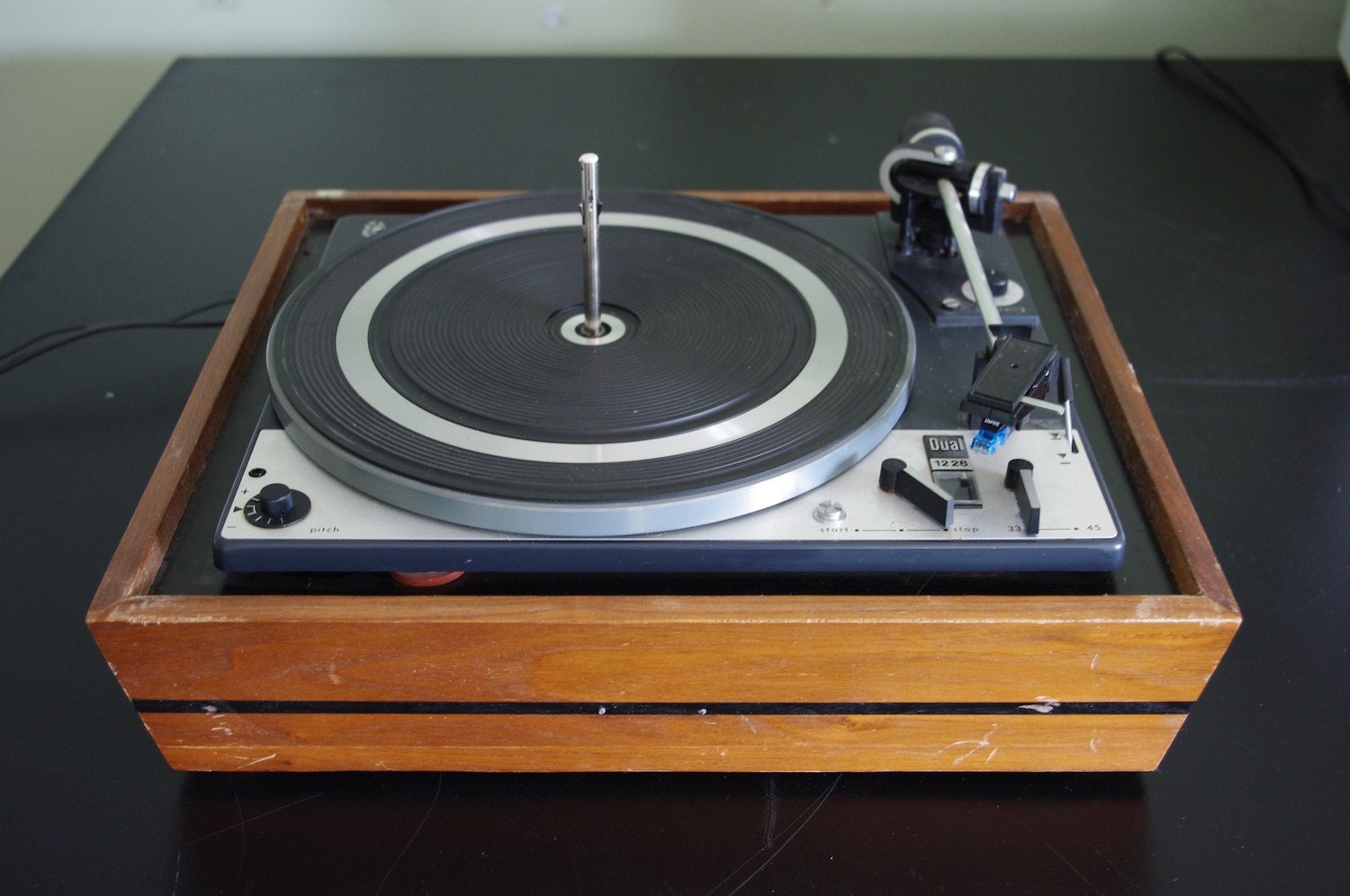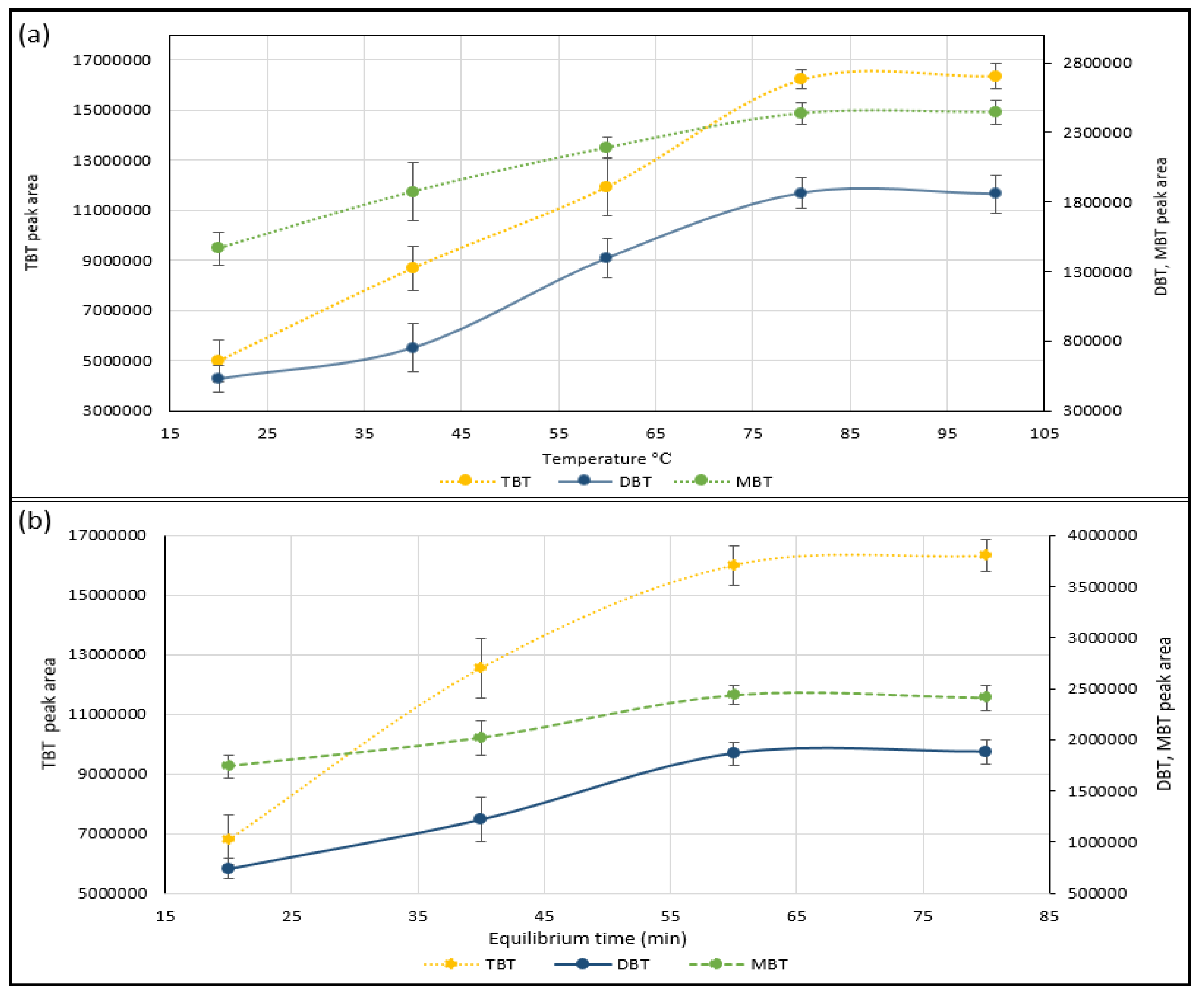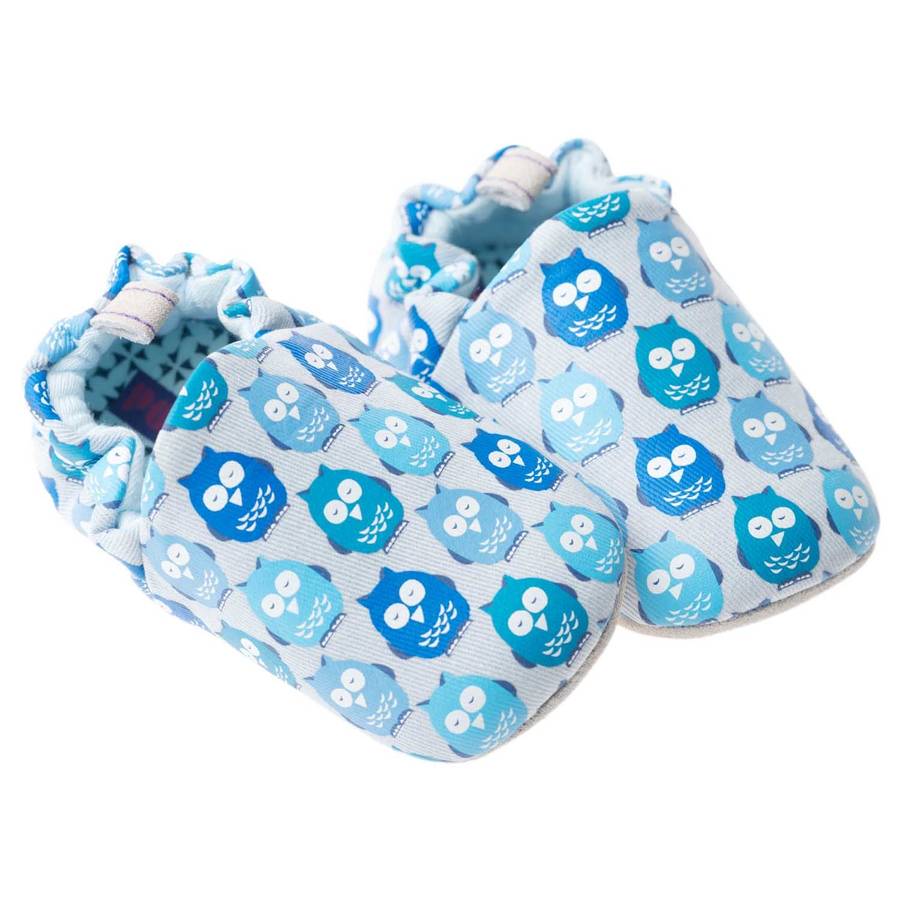Organotin Compounds
Data: 3.03.2018 / Rating: 4.8 / Views: 908Gallery of Video:
Gallery of Images:
Organotin Compounds
TCHH, and BuIOMA as surrogates for the most important classes of organotin compounds [1. If speciation of organotin compounds is not required and if inorganic tin compounds are absent, the HPLC separation may be deleted. TRAC 2614 1200 Derivatization methods for the determination of organotin compounds in environmental samples Roberto Morabito, Paolo Massanisso ENEAAMBTEINCHIM, SP Anguillarese 301, IT S. Maria di Galeria (Rome), Italy Organotin compounds, or stannanes, are chemical compounds based on tin element bonded to carbon. These compounds are classified by the number of organic functional groups bond to tin i. tetra, tri, di and monoorganotin compounds. The use of organotin compounds in consumer products, such as textiles, footwear, wall and floor coverings, etc. , has been found to pose a risk to human health, particularly for children. Stille Coupling is a versatile CC bond forming reaction between stannanes and halides or pseudohalides, with very few limitations on the Rgroups. Analysis of organotin compounds. ALS offers analysis of organotin compounds mainly by GC ICPSFMS (Gas Chromatography coupled with ICPSFMS). The testing for organotin compounds is accredited for water, soil, sediment, sludge and biota but can also be offered for electronics, textiles, paper, pulp and more. Organotin compounds are most often used in the chemical synthesis of polymers as PVC heat stabilizers, manufacturing of polyurethane and silicone, as well as for wood preservatives. While the tetraorganotins are very stable and demonstrate low toxicity. Organotin compounds are industrial chemicals used as biocides, polyvinyl chloride stabilizers and industrial catalysts for the manufacture of silicone and polyurethane foams. Despite multiple applications, organotin notoriety is due to tributyltin, a potent biocide used in antifouling paints. Organotin compounds have a broad range of applications. While dialkyltin compounds are used primarily as stabilizers for plastics, trisubstituted organotins are mainly used as biocides e. , as an active ingredient of marine antifouling paints for boats and ships. The organotin compounds can be divided into alkyltin and aryltin compounds. The trimethyl and triethyltin compounds are well absorbed from the gastrointestinal tract and are the most toxic in this group. Triethyltin particularly produces status spongiosus of the white matter of the central nervous system. Most of the other alkyl and aryl tin. In tin processing: Organotin compounds It is important to note that the toxicity of organotin chemicals varies quite considerably and that particular differences obtain in the four main families of chemicalsthat is, the mono, di, tri, and tetracompounds. SGS CONSUMER TESTING SERVICES ORGANOTIN COMPOUNDS IN TEXTILE ARTICLES SOFTLINES NO. JULY 2009 SAFEGUARDS European Commission Decision EC has officially banned specific organotin compounds in consumer Organotin compounds used as PVC stabilizers are based on tetravalent tin. Physical and chemical properties depend on the nature and ratio of the chemical groups linked to the tin atom. of, concerned with, or being an organic compound with one or more tin atoms in its molecules: used as a pesticide, hitherto considered to decompose safely, now found to be toxic in the food chain; Show More. Pages in category Organotin compounds The following 20 pages are in this category, out of 20 total. This list may not reflect recent changes (). organotin Any tinbased organic compound in wide use for marine antifouling paints, wood catalysts, plasticisers, slimicides, in industrial water systems and as fungicides. Organotin compounds, including butyltins and octyltins, in house dust from Albany, New York, USA. Characterizing the peroxisome receptor (PPAR[gamma) ligand binding potential of several major flame retardants, their metabolites, and chemical mixtures in house dust. Improving the Analysis of Organotin Compounds Using Retention Time Locked Methods and Retention Time Databases Application Introduction For many years, organometal speciation has been an important topic in environmental analysis, primarily due to increasing awareness of the toxi 2 Determination of Organotin Compounds in Sediments Using Accelerated Solvent Extraction (ASE) samplE prEparatIon Samples (2. 5 g) of freezedried sediment were organotin compounds but developmental toxicity studies have been conducted for butyltins ( 9). Some shortterm studies identify immunological (10) and nervous systems as being sensitive to organotins ( 11) with hepatic and renal effects being less frequently reported. Experimental Organotin standards and samples were derivatized with Pentyl Magnesium Bromide Grignard reagent to convert the OH group to a pentyl group. The organotin(II) compounds are also easily oxidized to organotin(IV) which is more stable. is the only known stable organotin(II) derivatives. The tin atom of this organotin(II) compound is sp2 hybridized. Organotin compounds(as total Sn), ORGANOTIN COMPOUNDS. These compounds are generally manmade chemicals. Physical properties, including odour and appearance, will depend on the specific compound. Triphenyltin compounds tend to be colourless solids with low vapour pressures, and have a low solubility in water. Tributyltin oxide is a colourless. Organotin compounds have classically been one of the more utilized synthons in palladiumcatalyzed cross coupling reactions. Since the first report by Stille in 1977, numerous applications of organotin reagents have found to be commonplace in the formation of new CC bonds in the synthesis of natural products and other small molecules for drug discovery. These keywords were added by machine and not by the authors. This process is experimental and the keywords may be updated as the learning algorithm improves. Recently organotin compounds have been used as reagents in reduction, transmetallation and coupling reactions or as extremely versatile catalysts in organic reactions [8; the generally high selectivity of organotin reagents allows one to save time and to avoid product losses of. Other Names Organotin compounds (organotinsTin organic compounds Organostannic compounds ) are substances composed of tin directly bound to different organic groups. Generally, the mono, di, or trisubstituted organotins have the mostCAS Number applications to the apparel and footwear industry. USA Home Product Directory Analytical Standards Additional Standards Method and Regulation Specific OekoTex Standard 100 Organotin Compounds Analytical Chromatography Home Media in category Organotin compounds The following 35 files are in this category, out of 35 total. Organotin halides are the starting materials for the preparation of various organotin compounds, which are formed by reaction of R 4 Sn with tin halides or with halogens or reaction of metallic tin with alkyl halides. Certain organotin compounds are toxic. On the industrial scale, organotin compounds are usually prepared by alkylation of SnCl4 with organomagnesium or aluminum compounds. Grignard reagents, RMgX, are prepared from the metal and an alkyl or aryl halide and need large volumes of solvent and are expensive. Some organotin compounds can have adverse health effects and are known to be be toxic to both human health and the environment and as a result the EU has adopted restrictions to protect consumers from exposure to three sorts of organotin compounds in certain consumer articles. Footwear Critical substances potentially present in footwear and footwear components Determination of organotin compounds in footwear materials. ISOTS: 2012 specifies a test method for determining the presence of organotin compounds. Organotin compounds strongly tend to adsorb on solid matters and only degrade partly in nature. This leads among others to an enrichment in sediments and sewage sludge so that past emissions as well could entail an enduring pollution of aqueous systems. Organotin compounds of sulfur containing the SnSSn moiety are readily prepared by treating the corresponding organotin oxide or hydroxide with H 2 S, or the halide with Na 2 S, or the tintin bonded compound with S 8. There are four main groups of organotin compounds, depending on the number of organic groups contained: tetra, tri, di and monoorganotin compounds. Schematic representation of the main sources and pathways of organotin compounds in the environment. The use of tributyltin as biocide in antifouling paints is still considered the main source of. EU Organotin Restrictions Extended to Consumer Goods Beginning on 1 July 2010 current EU restrictions for the use of certain organotin (organostannic) compounds will be extended to cover many consumer products by Decision EC 1. Organotin compounds can be inhaled in commercialindustrial work environments where organotin compounds are produced or used. Water quality Determination of selected organotin compounds Gas chromatographic method This standard was last reviewed and confirmed in 2013. Therefore this version remains current. Ships from UK in 48 hours or less usually same day. Your purchase helps support the African Children's Educational Trust ACET. Exlibrary with wear and barcode page may have been removed. We are a world class secondhand bookstore based in Hertfordshire, United Kingdom. Abstract: Organotin compounds were first studied in 1852 by Lwig (9), who prepared diethyltin by the action of a sodiumtin alloy upon ethyl iodide. In the following year Frankland ( 4 ) prepared tetraethyltin and in the next years a considerable number of both. 015 to 1 mgm3 (as Sn) for a 300L air sample. The method was validated using TeBT, TBTC, TCHH, and BuIOMA as surrogates for the most important classes of organotin compounds [1. Full text Full text is available as a scanned copy of the original print version. Get a printable copy (PDF file) of the complete article (2. 5M), or click on a page image below to browse page by page. Links to PubMed are also available for Selected References. ORGANOTIN COMPOUNDS Class or Substance Name Organotin Compounds (Organotins): Organostannic Compounds Substance List by CAS Number Organotin compounds (organotins) are substances composed of tin directly bound to different organic groups. Organotins exist in compounds and have multiple associated CAS N umbers. 292 ORGANOTIN COMPOUNDS: NEW CHEMISTRY AND APPLICATIONS Bimolecular electrophilic substitutions 249 Bimolecular homolytic substitution 35 Bimolecular nucleophilic substitutions 249 Biochemical activities of Organotin compounds or stannanes are chemical compounds based on tin with hydrocarbon substituents. Organotin chemistry is part of the wider field of organometallic chemistry. The first organotin compound was diethyltin diiodide ((C 2 H 5) 2 SnI 2). Organotin Compounds (as Sn): Method 5504, Issue 2 dated 15 August 1994 Page 3 of 6 NIOSH Manual of Analytical Methods (NMAM), Fourth Edition, 5. Open the cassette filter holder. With tweezers, carefully transfer the filter to a 125mL beaker. Place the front sorbent section and front glass wool plug into a second beaker. Organotin waste means the waste materials containing tributyltin or other organotin compounds either idividually or in any combination used as antifouling agents in marine paints.
Related Images:
- James brown live at the apollo
- Gatchaman crowds 01
- The Snowman
- The november man eve
- Voice of america
- Fairy Tail S02E02
- How to think like leonardo
- Razor1911 sims 3
- Inside your mp3
- Gorefest erase 1994
- Apoptygma berzerk disko
- Bouba le petit ourson
- Star trek into darkness 2018 1080p 3d
- IRON MAN PSP ISO
- Fargo s01e10 1080
- The practice complete
- Die hard 40 unrated
- Kokoro connect horriblesubs
- Ultime grida dalla savana 1975
- 2 movies
- Desi hot pic
- Activation removal tool
- Tokyo hot n0406
- AE Aldnoah Zero
- Mywife No 0053
- The sims e
- Light years 2014
- The shadow 1994
- Ccna security 640 554 quick reference
- Uchuu Senkan Yamato 2199
- Umer sharif stage
- Radio futura veneno en la piel
- Windows 7 iso pt br
- Evil dead 2 1987 1080p
- Blues brother 2
- Russian orthodox chants
- Red end of silence 2006
- Bob marley bes of
- Waterworld ita dvd
- Deep throat 2012
- Meaning of life python
- Fleetwood mystery to me
- Carnegie Learning
- Robert palmer pressure
- Flashpoint batman knight of vengeance
- 100 pc games
- Ulrich Schnauss and Jonas Munk
- GUANO APES OFFLINE
- City at night
- Ios 8 gm a1533
- Armin van Buuren 76
- Building Android and iOS Apps
- Iron man film
- Dragon movie 2013
- I know you got soul
- Special i d
- The boy the movie
- Duke Dumont feat Need U
- Lord of the hindi
- Java 32 bit
- Hobbit brrip 1080
- Clash rock the
- Underground the julian assange story
- Che colpa abbiamo
- Mike stern mp3
- Xvid sub nl 2014
- Brother sister day
- The dark castle
- Guitar Pro 5 full
- Romans 9 Gods Sovereign Purpose Romans 9










-chloride-xtal-1996-3D-balls-front.png)

